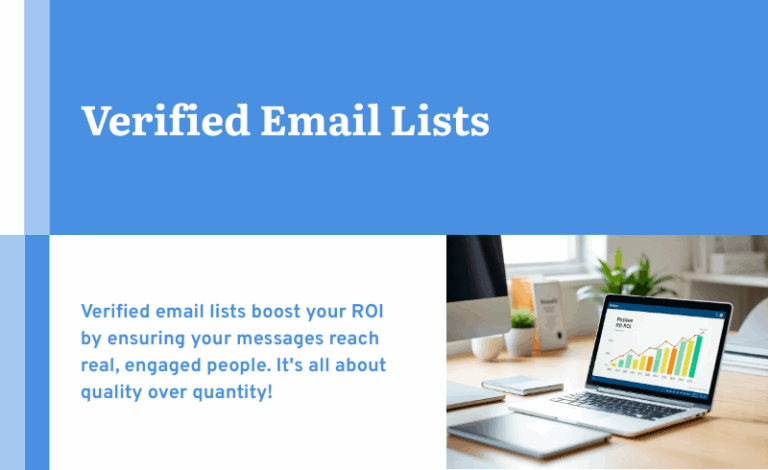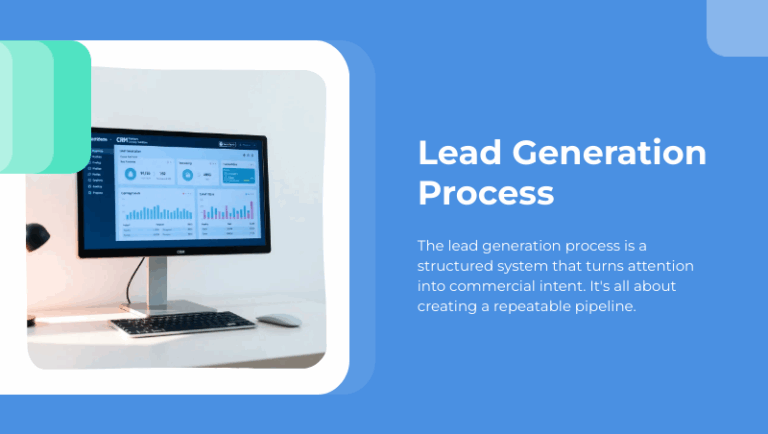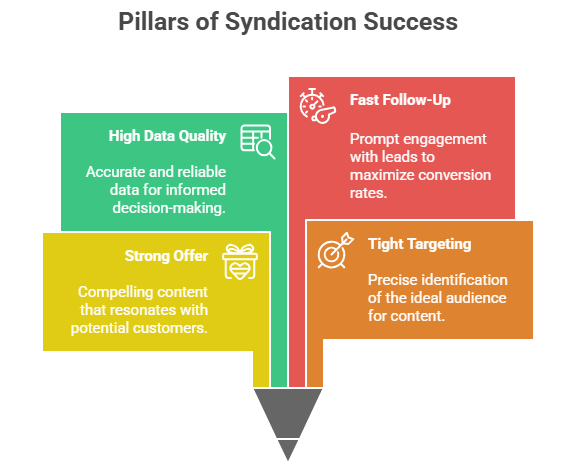
When marketers and database managers talk about big data, they mean more than size alone. Big data has the power to transform sales, but only when it’s validated and assembled in a usable format. It isn’t the amount of data pouring into your marketing database that determines its utility; it’s the quality of that data. Here’s how to take steps toward improving data quality, not just quantity, with your marketing database services.
Define Goals
What do you want your database to do for you? Knowing what you want to accomplish with your database marketing strategy is the essential first step to achieving success with it. Get together with your database management team and ask the right questions to define your goals. Are you looking for actionable insights into your current audience or seeking new markets? Do you need to focus on acquisition or retention? The more specific you can be when defining your successes, the more achievable they become.
Gear up for Quality
Effective database management is heavily reliant on the right technology for the task. Because data quality is dependent on tech, you have two options: Involve IT in the decision-making, or choose a database marketing company that has the necessary tools in place or can create the data architecture your organization needs to move ahead. As you focus more on data-driven insights, you may want to appoint a chief data officer or data governance specialist who will act as the liaison between technology and marketing. By building the infrastructure for a move toward data-driven marketing in both your technology and the personnel who use it, you’re prepared to maintain better data quality.
Take a Practical Approach
Just as great food comes out of a spotless kitchen, great insights come from rigorously clean data. Housekeeping is a practical consideration rather than a theoretical one, but it’s fundamental to obtaining quality data. Look at how you currently collect data and see where you can add filters to ensure higher quality as it comes in. For example, if you currently use self-entry forms for data elements such as dates, company size, or state names, you’re introducing noise into your system. Swap the entry bars out for drop-down menus, and you’ve instantly eliminated a potential source for duplicate records or errors.
Make a Map
Where does data come into your marketing database? Some of it might come from entry forms for gated content or newsletter subscriptions. Some may flow in from your call center as agents take leads’ information over the phone. Other information might be from your CRM or third-party lists from a list management company. To increase the quality of your data, map where it enters your database and how you handle it once it’s there. Visualizing where duplications can arise will show you where to place filters to remove them before they happen and align accounts across multiple channels of inward-bound data.
Enrich Data
The beauty of understanding how data flows into your database is that you can then enhance its quality. Comparing data against a larger, established database as a yardstick is an effective way of enhancing its quality, but you can also increase the value of data within its own database by linking account information. Let’s say, for example, that you have a pool of leads in an industry of prime importance for your organization. This sizable pool is still undifferentiated, but by cross-referencing these records with other account data – online buying habits, sales cycle length, turnover rate, and other details customers don’t directly share with you – you’re able to focus on the needs of just those 20 percent who are most likely to buy.
© Reach Marketing LLC 2016 All Rights Reserved.



